Market Share
US Geotextiles Market Share Analysis
In the expansive domain of the US Geotextiles Market, companies employ various market share positioning strategies to secure a prominent standing and gain a competitive edge. One fundamental strategy involves product differentiation through innovation in geotextile materials and applications. Firms invest in research and development to create geotextiles with enhanced strength, durability, and adaptability, catering to diverse needs in civil engineering, infrastructure projects, and environmental applications. By offering specialized geotextile solutions, businesses can distinguish themselves in the market, attract clients seeking tailored solutions, and establish a unique value proposition.
Cost leadership is another pivotal strategy embraced by companies in the US Geotextiles Market. This approach centers around optimizing manufacturing processes, sourcing cost-effective raw materials, and streamlining supply chain logistics. Achieving economies of scale enables companies to produce geotextiles at a lower cost per unit, facilitating competitive pricing in the market. Cost-effective solutions not only appeal to price-conscious clients but also provide companies with a strategic advantage against pricing pressures, ensuring sustained profitability and market resilience.
Market segmentation plays a crucial role in the positioning strategies of geotextile manufacturers in the United States. Recognizing the diverse applications of geotextiles in areas such as road construction, erosion control, and drainage systems, companies tailor their products to address specific market segments. This targeted approach allows businesses to capture market share within specialized niches, providing solutions that precisely meet the requirements of different industries and projects. Effective segmentation enhances the competitiveness of companies by enabling them to cater to the unique needs of various customer segments.
Strategic collaborations and partnerships are instrumental in enhancing market share positioning within the US Geotextiles Market. Companies often form alliances with civil engineering firms, government agencies, and construction companies to strengthen their presence and expand market reach. Collaborations can lead to joint projects, shared resources, and the development of integrated solutions that combine geotextiles with complementary technologies. Partnering with key stakeholders allows companies to leverage collective strengths, share expertise, and collectively address the complexities of the geotextile industry, contributing to increased market share.
Sustainability is emerging as a significant market share positioning strategy in the US Geotextiles Market. Companies are increasingly adopting environmentally friendly practices, incorporating recycled materials into their geotextile products, and promoting sustainable manufacturing processes. Embracing sustainability not only aligns with corporate responsibility goals but also resonates with environmentally conscious clients and regulatory requirements. Geotextile manufacturers positioning themselves as environmentally responsible entities can gain favor among customers who prioritize sustainable and eco-friendly solutions in their projects.
Moreover, a robust digital presence is integral in today's technologically driven business environment. Geotextile companies in the United States leverage digital marketing, e-commerce platforms, and online communication channels to connect with clients, showcase their expertise, and streamline the procurement process. An effective online presence enables companies to reach a wider audience, provide educational resources, and engage with clients directly, enhancing brand visibility and trust in the competitive geotextile market.

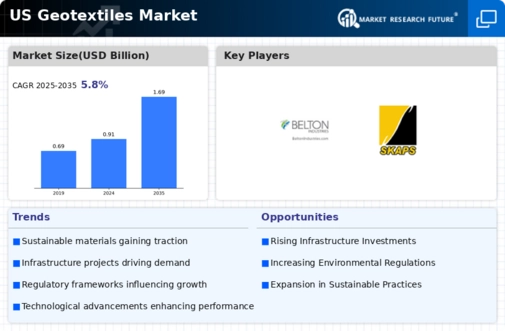
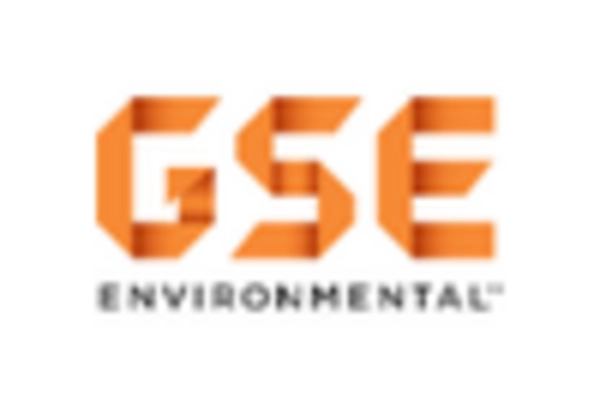
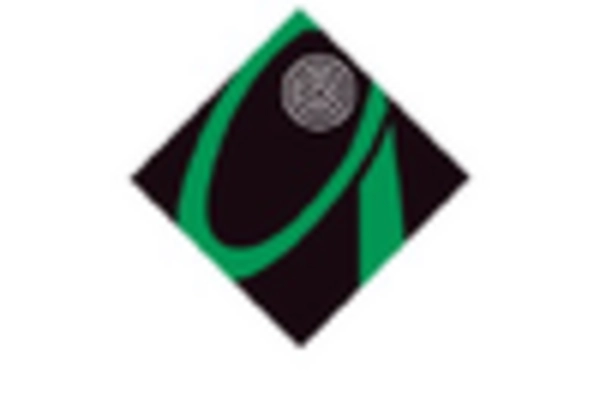
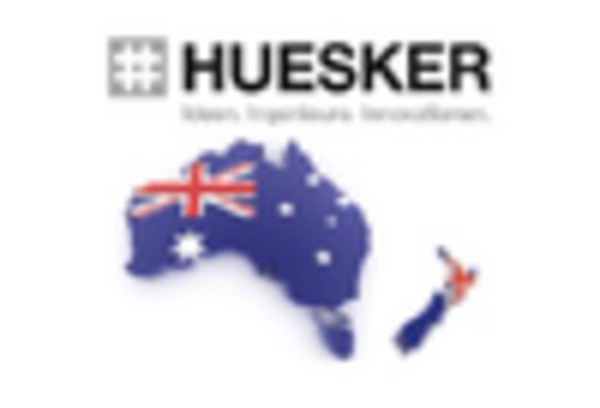

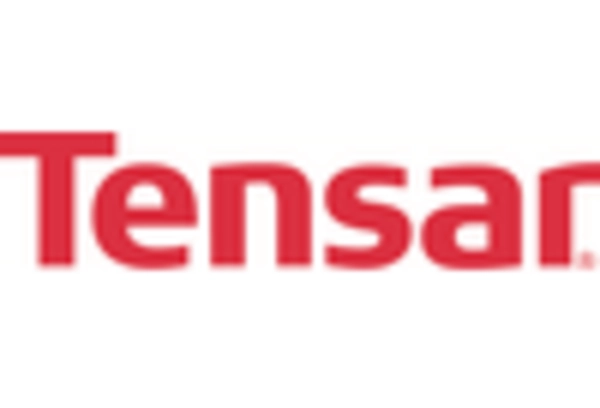
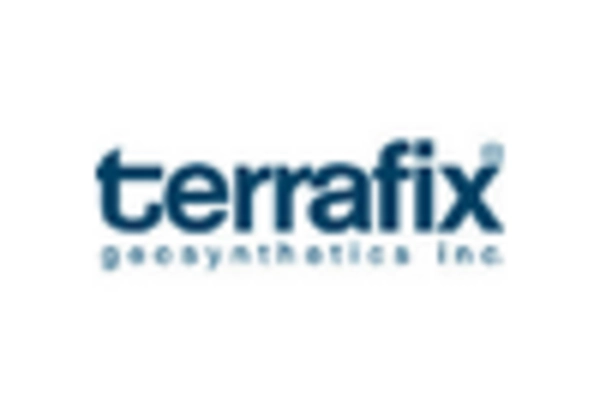









Leave a Comment